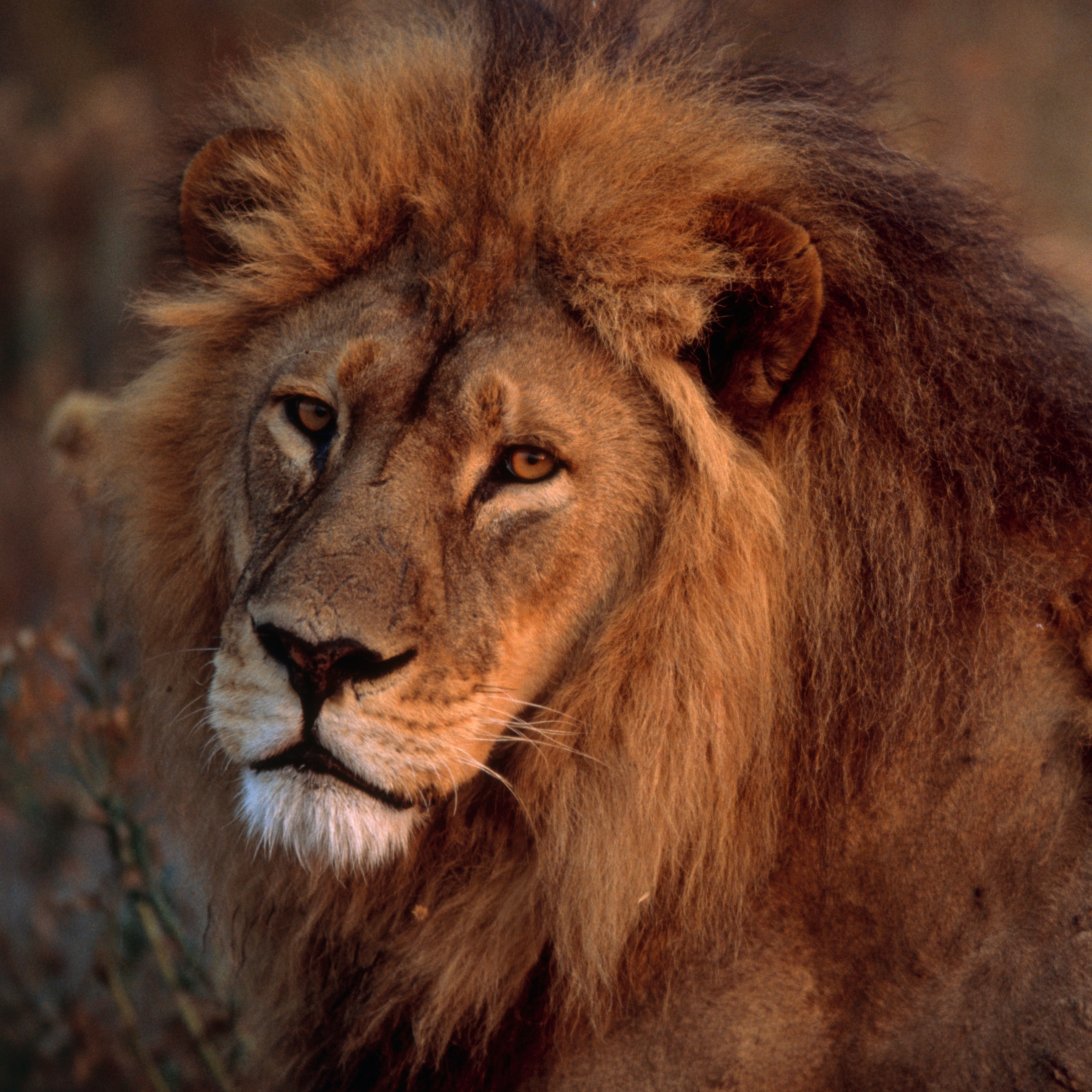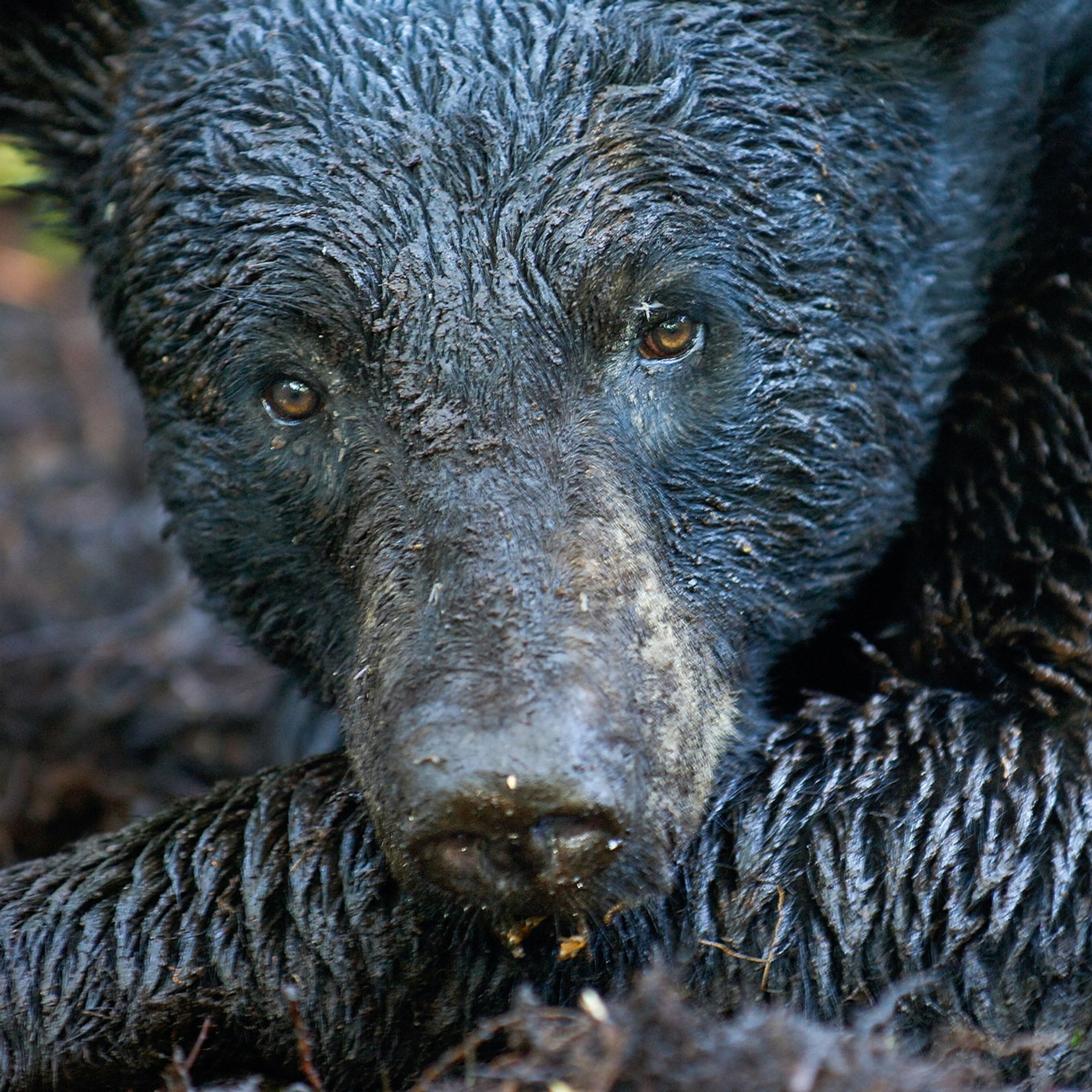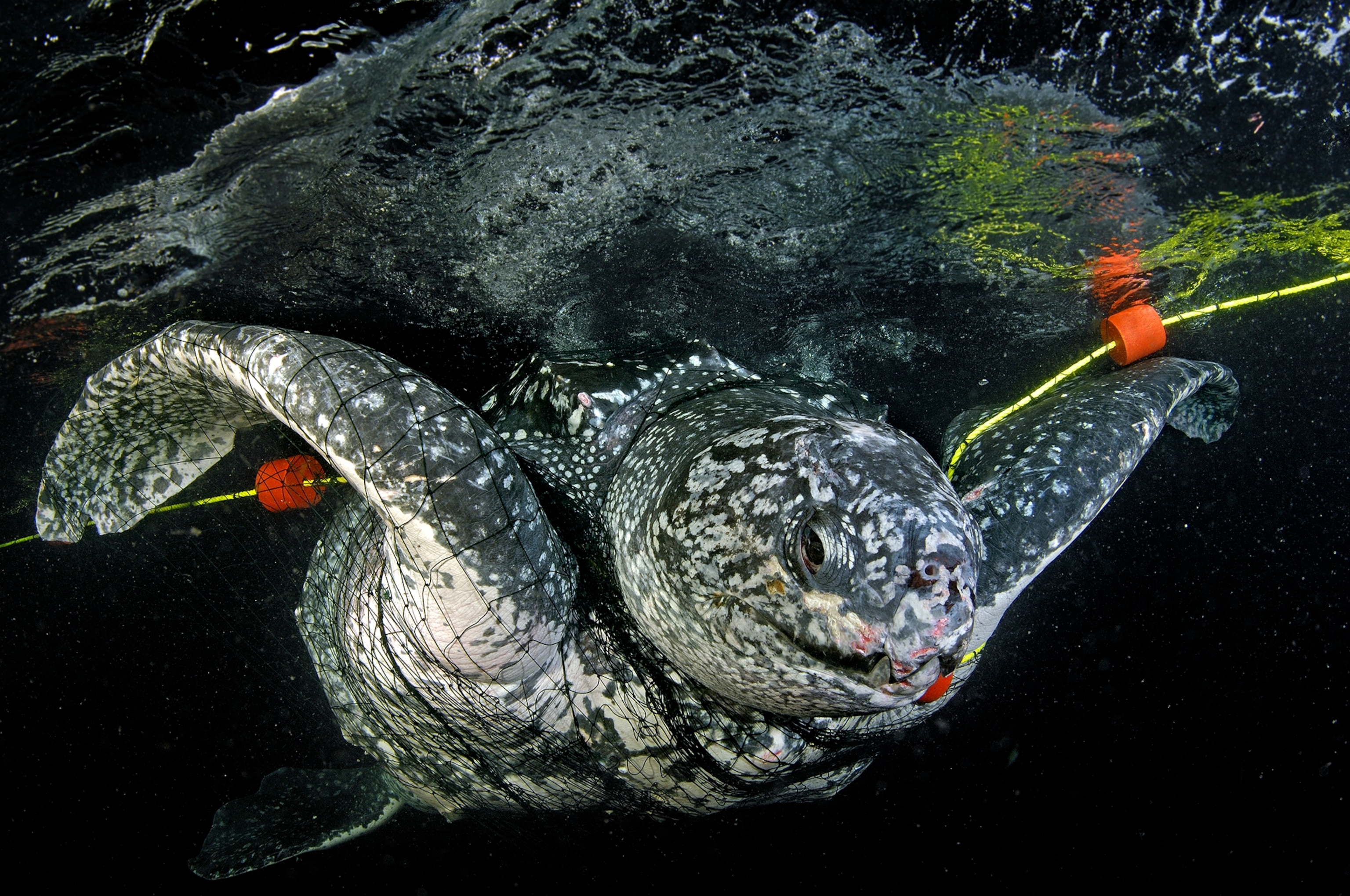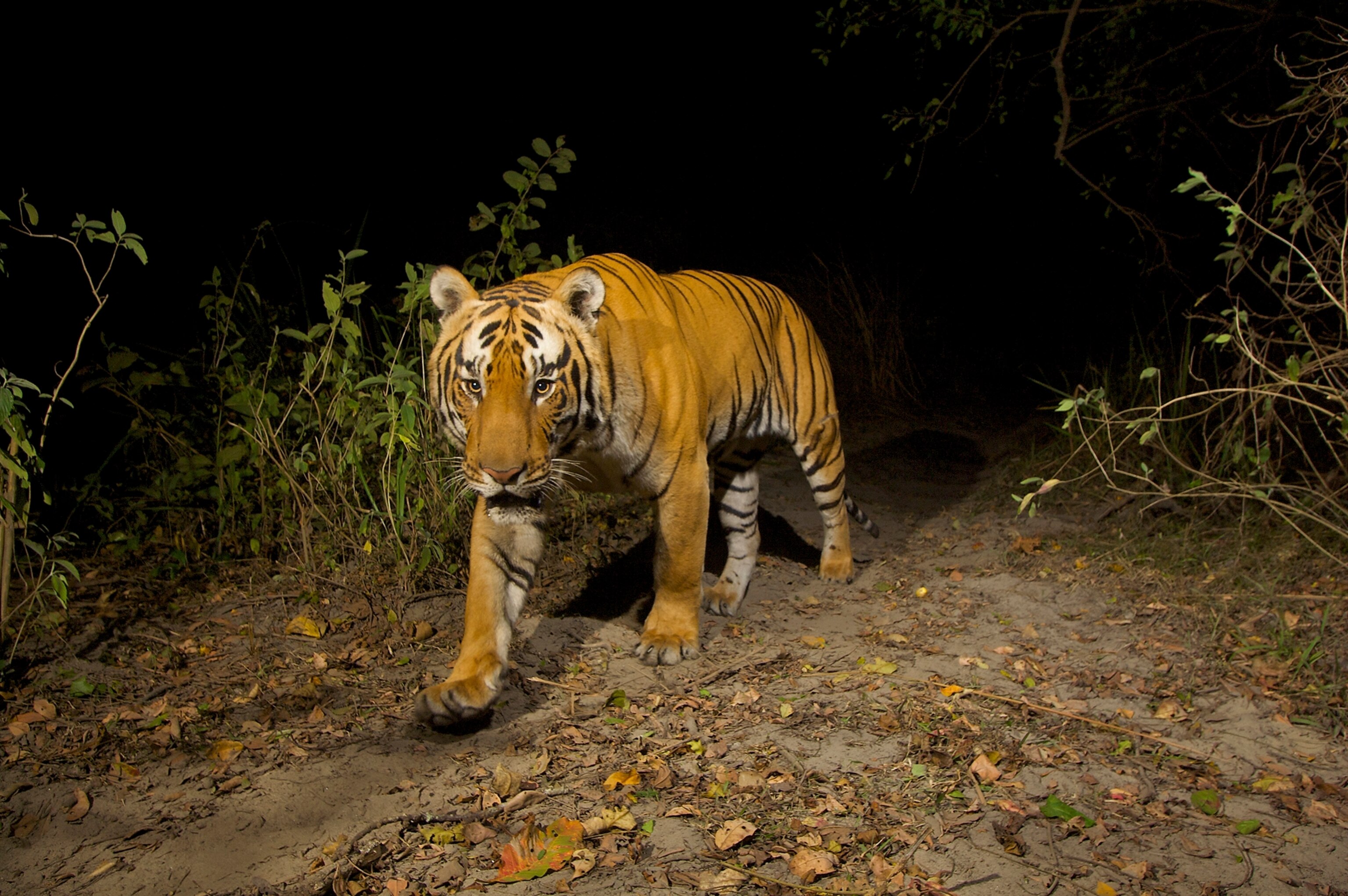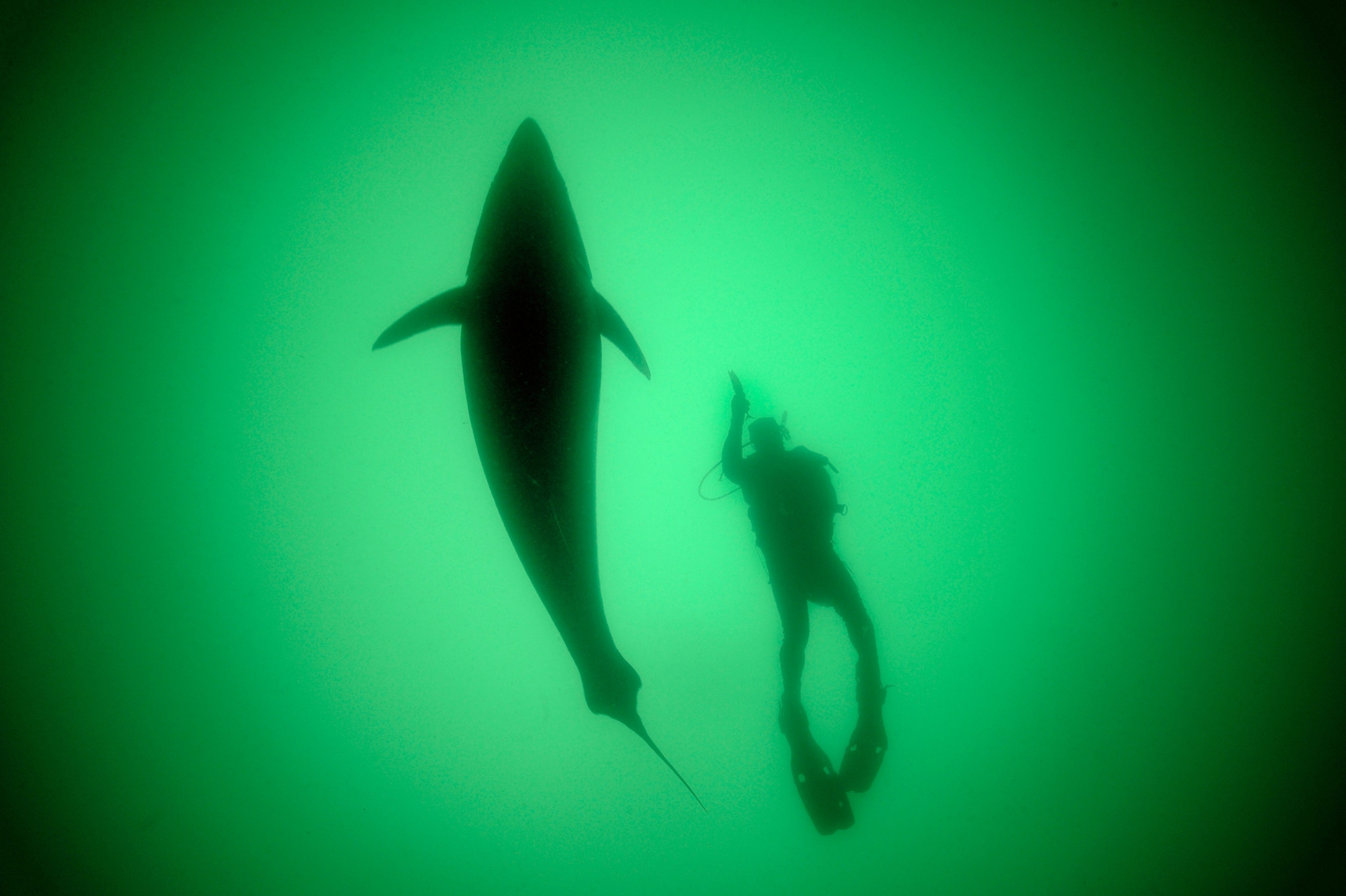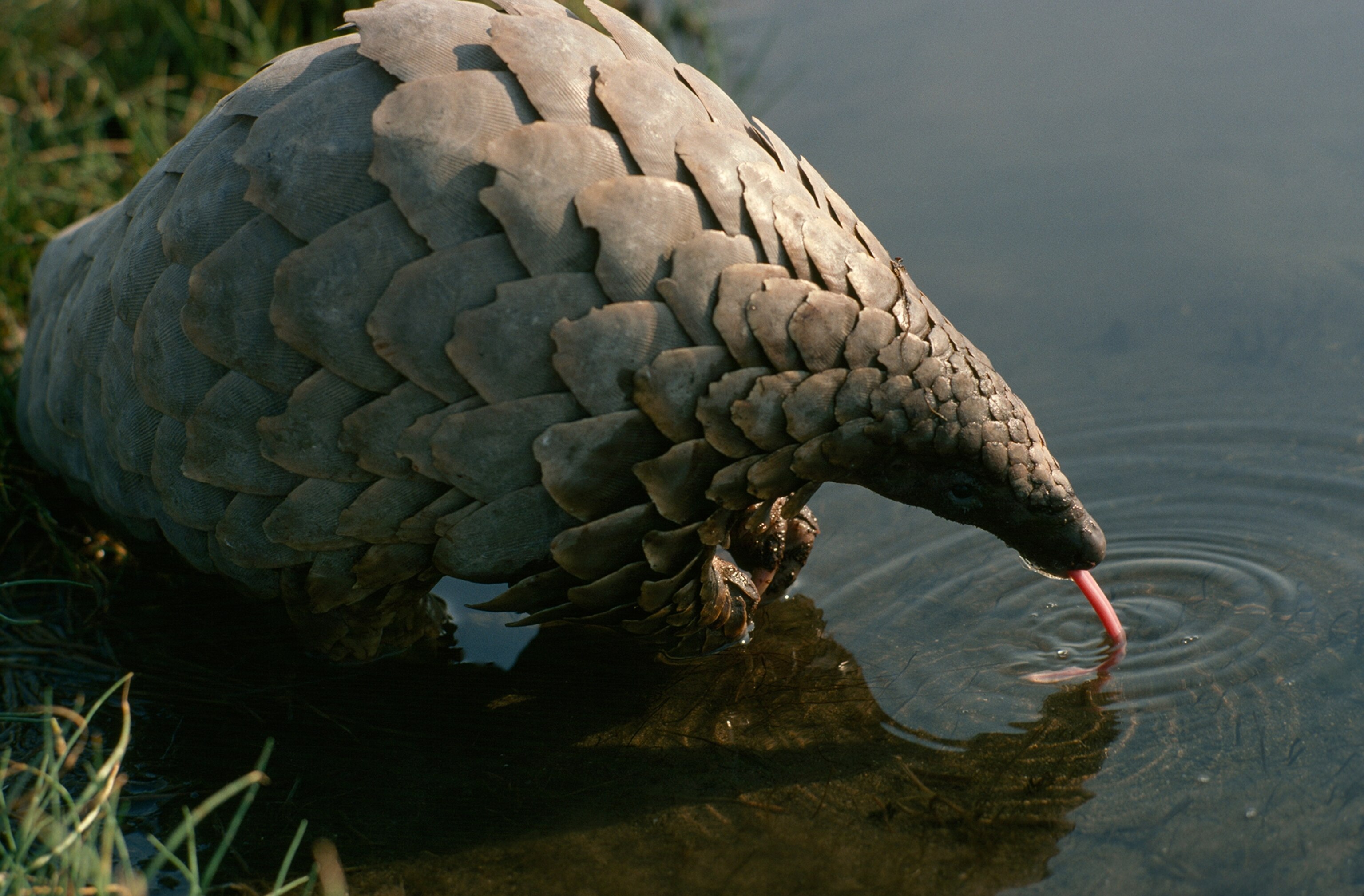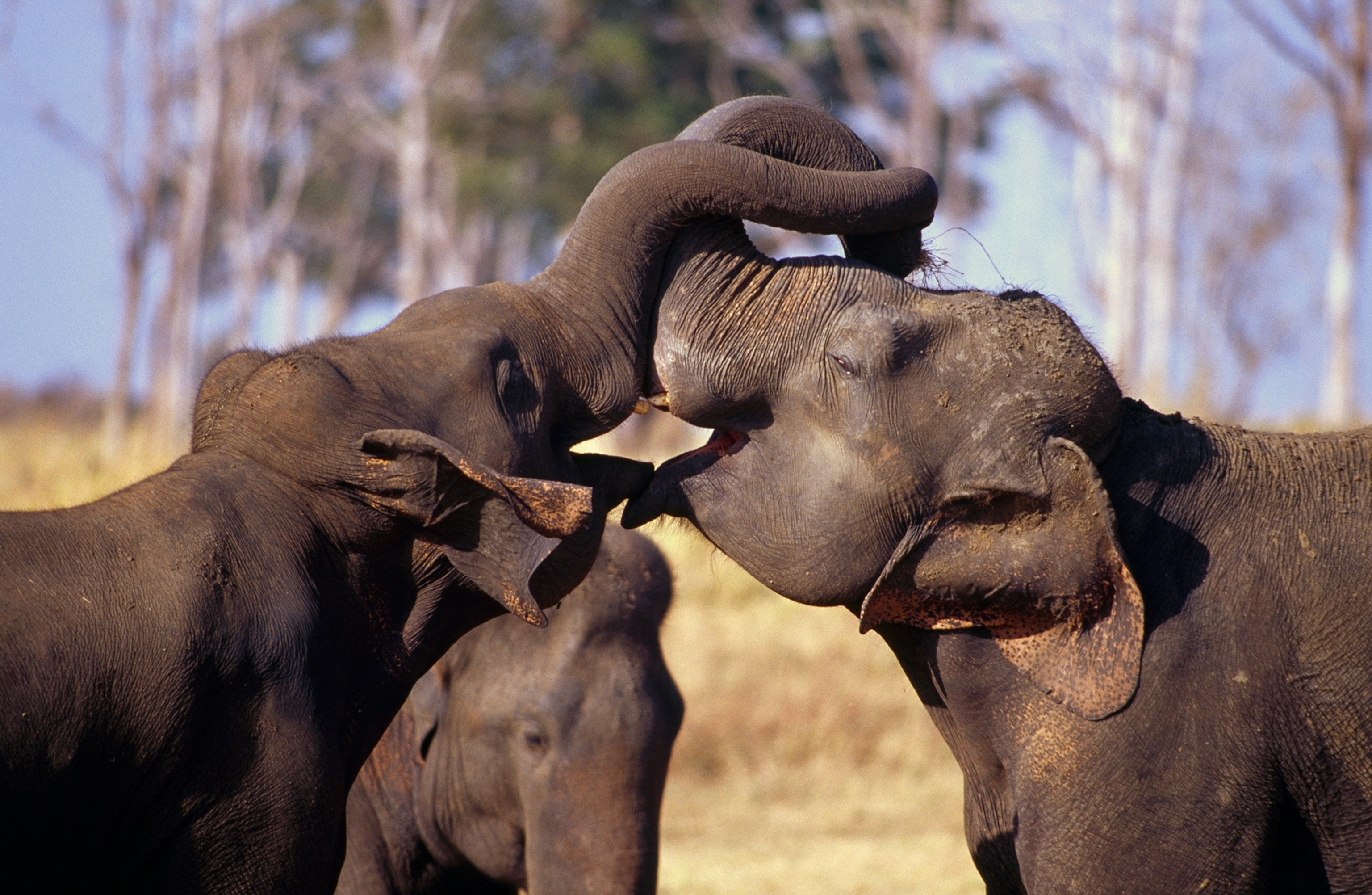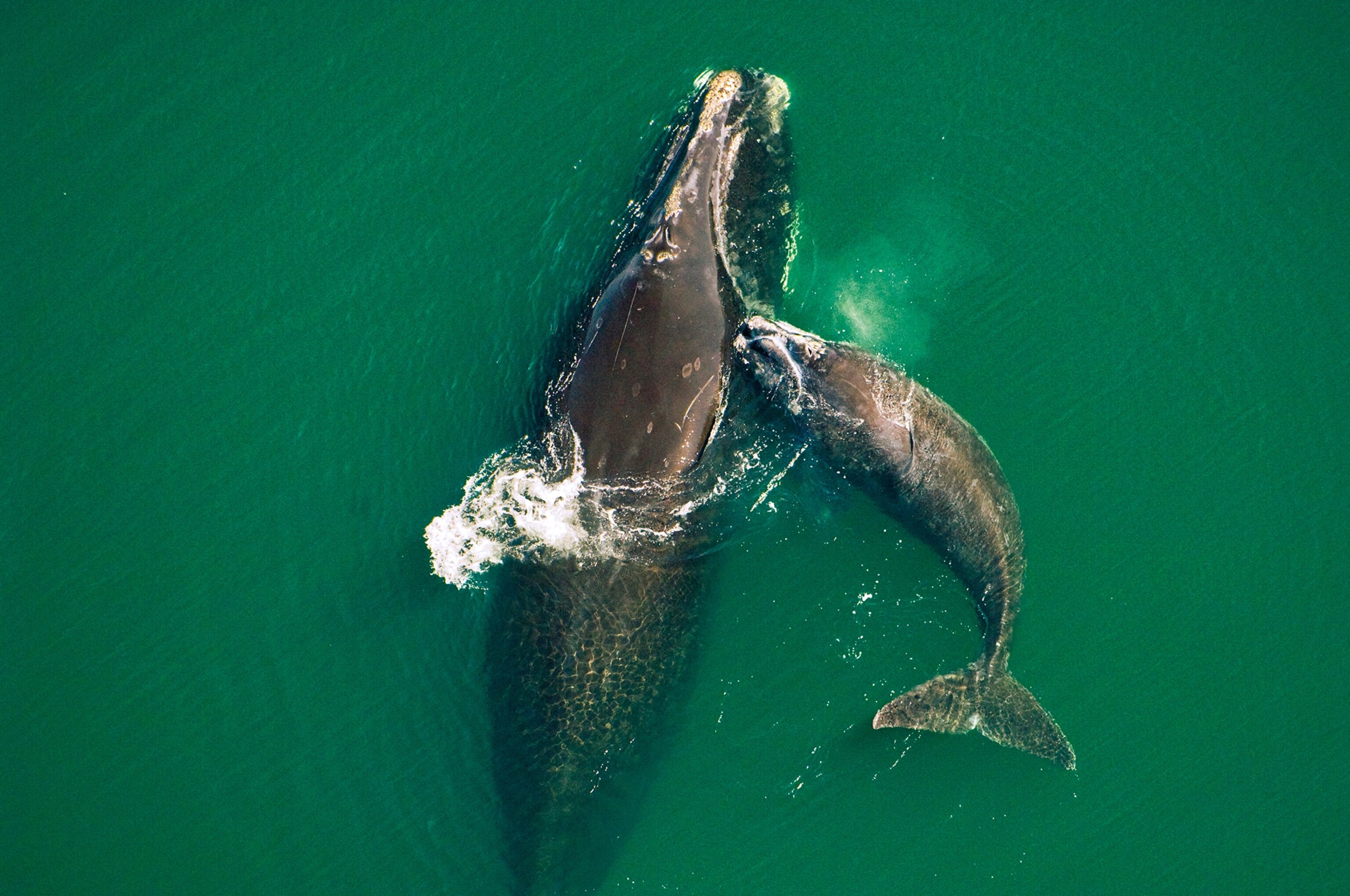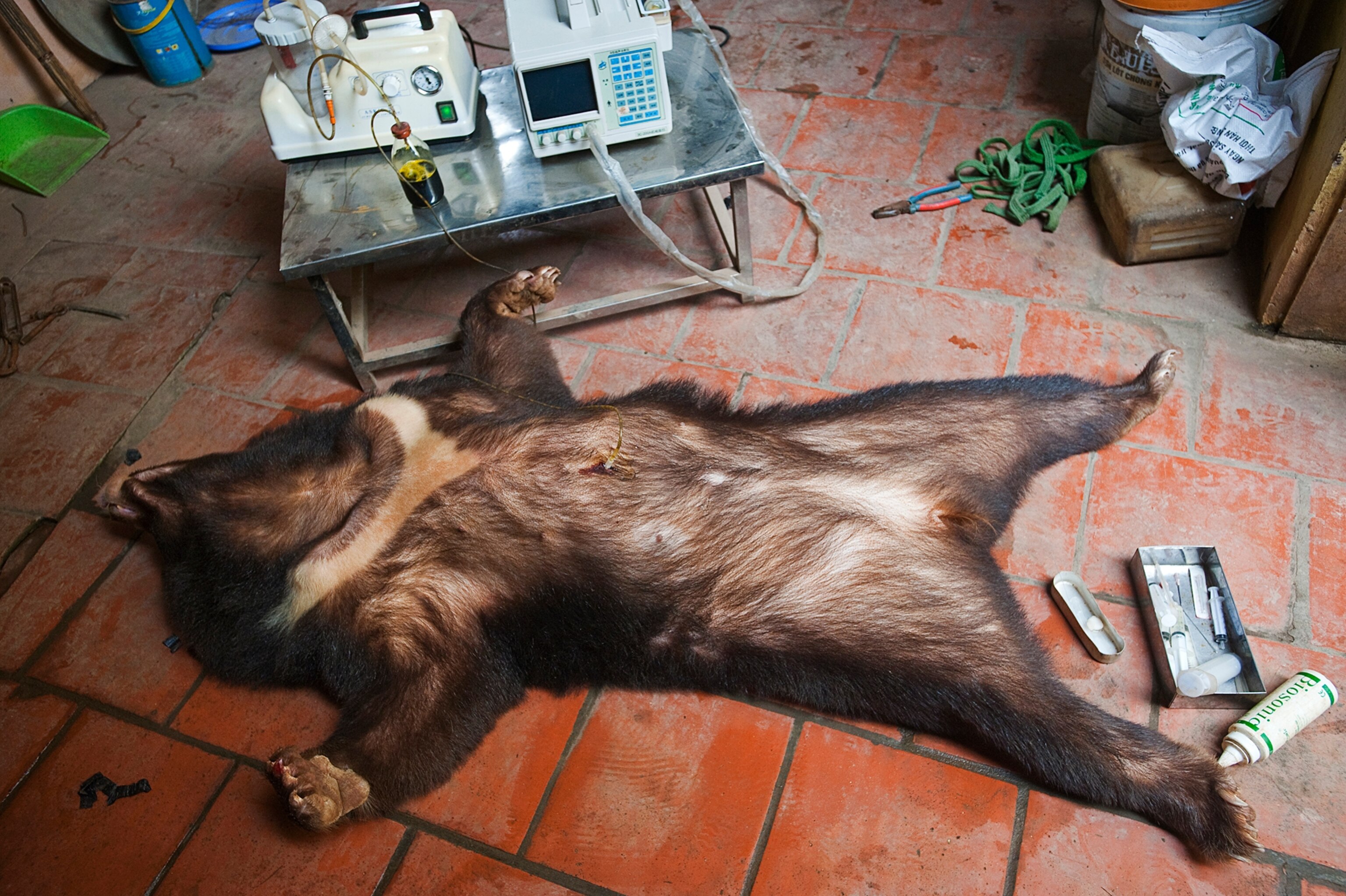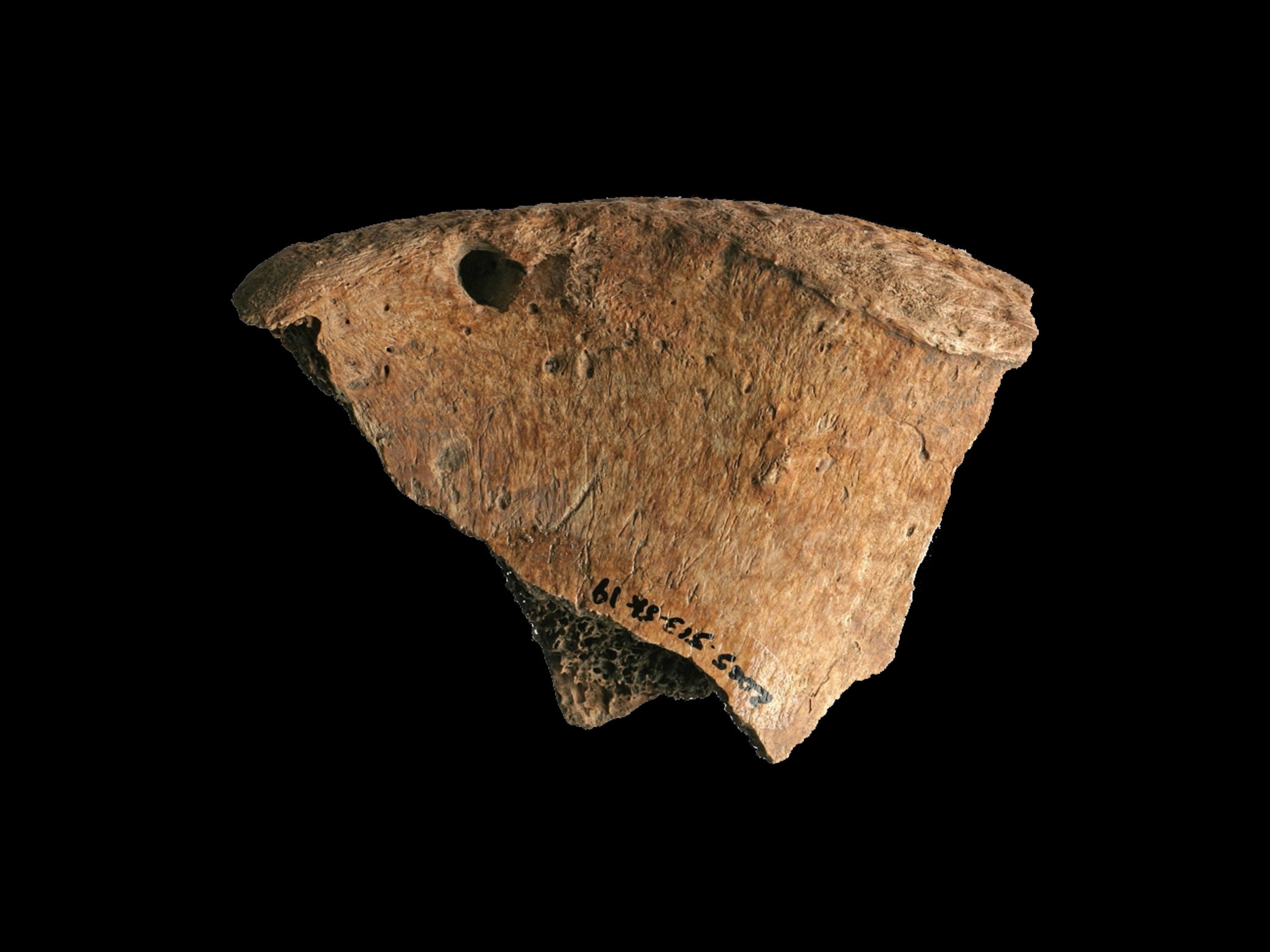
Killing of Cecil the Lion Sparks Debate Over Trophy Hunts
The allegedly illegal hunt blurs the line with controversial trophy hunting.
The killing of one of Zimbabwe's best known and most studied lions, Cecil the Lion, has stoked a debate around a growing trend in trophy hunting of endangered species.
Cecil was shot with a bow, stalked for 40 hours, and gunned down by trophy hunters.
The big cat was skinned and had his head removed. Thirteen-year-old Cecil had been studied by scientists from Oxford University as part of a project that has run since 1999.
American dentist Walter James Palmer may have been the trigger man, Zimbabwe’s authorities alleged Tuesday. The hunt was not legal, the Zimbabwe Conservation Task Force (ZCTF) says.
The incident has sparked international outcry and has led to calls for greater scrutiny of legal trophy hunting, as well as calls to end the practice entirely. However, the politics of trophy hunting remain complex, with many scientists, governments, and conservationists supporting the practice in order to raise funds for protections.
Social Outrage
With the rise of social media, many people around the world are increasingly voicing their opposition to big game hunting, both illegal and legal.
Making a statement, Emirates Airlines recently banned transport of hunting trophies on its flights. Hunting groups have fired back with arguments that their efforts raise vital funds for conservation.
Those angered at Cecil’s death are also taking aim at Palmer. On the dentist’s Yelp page, a commenter wrote: “He was kind, caring, but I'm most thankful that HE DIDN'T KILL ME LIKE HE DID THAT PROTECTED LION.” Another commenter wrote, “Anyone who visits this practice is indirectly supporting the illegal and despicable poaching of endangered animals.”
Another person tweeted:
People for the Ethical Treatment of Animals tweeted:
One user tweeted in response:
Going beyond Palmer’s involvement, a number of mainstream scientists, the U.S. Fish and Wildlife Service, and some conservation groups do support regulated trophy hunting, including the World Wildlife Fund. The group sent a letter to the U.S. government in 2009 arguing that regulated sport hunting can “strongly contribute to the enhancement of the survival of the species.” (Learn more about captive lion hunting.)
The Zimbabwe Professional Hunters and Guides Association has suspended its members that were involved in the hunt of Cecil. The group “will not tolerate any illegal hunting or any unethical practices by any of its members and their staff," they wrote on their Facebook page.
Each lion matters, say National Geographic explorers-in-residence Dereck and Beverly Joubert, who oppose trophy hunting, or what they call “conservation by the gun.”
Confusing Rules?
The murkiness of the legality of Cecil’s hunt has shined a light on the controversy around legal trophy hunting, which is allowed in some African countries (Zimbabwe, South Africa) but banned in others (Botswana and Zambia). Nearly a century ago an estimated 200,000 lions roamed across Africa. Now there are less than 30,000, and they are considered highly vulnerable.
African wildlife often roam large distances and frequently move in and out of parks and protected areas. That can make regulation of hunting in specific areas tricky. When a dominant male lion is killed, another male will take his place at the head of the pride. Typically, he will kill any existing cubs, in order to make room for his own offspring. Cecil had an estimated 24 cubs among six lionesses. (Learn more about lions.)
Legal trophy hunting is supposed to raise money for conservation efforts, according to international treaties. But critics say corruption often siphons off the funds. And skins, bones, and other materials resulting from a hunt can find their way into the black market, where they fuel demand in Asia for traditional cures or status symbols.
In response to Cecil’s killing, conservationists have asked the European Union to ban the import of lion products from Zimbabwe (media first reported that a Spaniard was thought to have been the hunter).
See more animals at risk from wildlife crimes
Anatomy of the Hunt
Around July 6, American hunter Walter Palmer, from a small town near Minneapolis, was participating in a trophy hunt on the outskirts of Zimbabwe’s Hwange National Park, for which he reportedly paid around $55,000, says the ZCTF.
“They went hunting at night with a spotlight and they spotted Cecil,” ZCTF’s Johnny Rodrigues said in a statement. “They tied a dead animal to their vehicle to lure Cecil out of the park and they scented an area about half a kilometer from the park.”
They shot the lion with a bow, which injured but didn’t kill it, said Rodrigues. Then they tracked it and finished it off with a gun.
A spokesperson for Palmer told the media the hunter believes “he had the proper legal permits and he had hired several professional guides, so he’s not denying that he may be the person who shot this lion.”
Palmer is an avid big-game hunter who has tracked game around the world. He was previously on probation for lying to authorities over where he killed a black bear in northern Wisconsin in 2006.
He was wearing a GPS tracking collar at the time of the hunt. The hunters tried to destroy the collar but weren’t entirely successful, said Rodrigues. Two people associated with the hunt, thought to be organized by Bushman Safaris Zimbabwe, have been arrested in Zimbabwe.
Share your support of big cats by donating $5 and uploading a photo of yourself giving a virtual high five to any social media platform, with the hashtag #5forBigCats. Learn more.
Follow Brian Clark Howard on Twitter and Google+.

